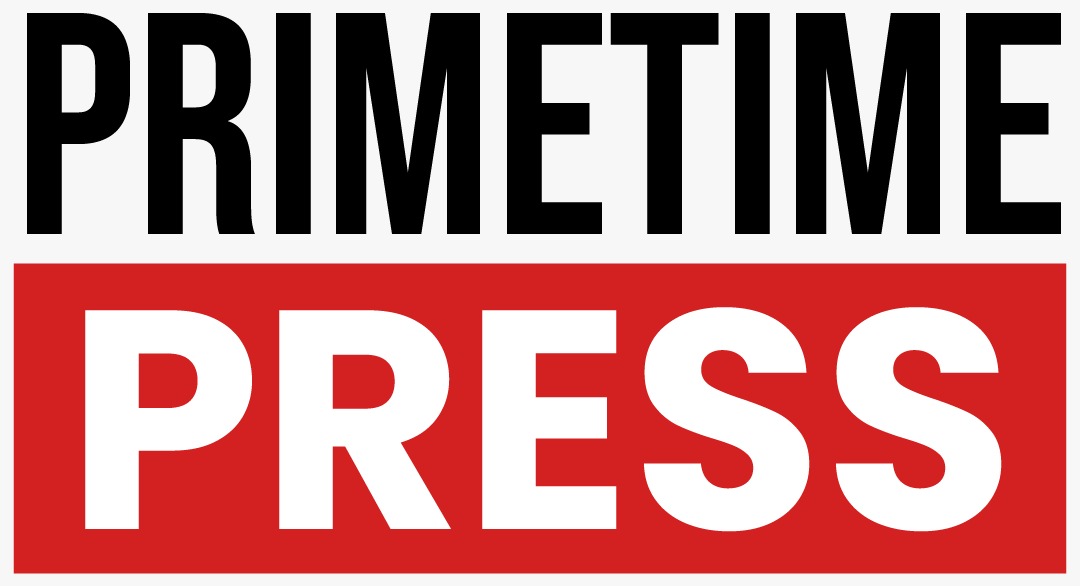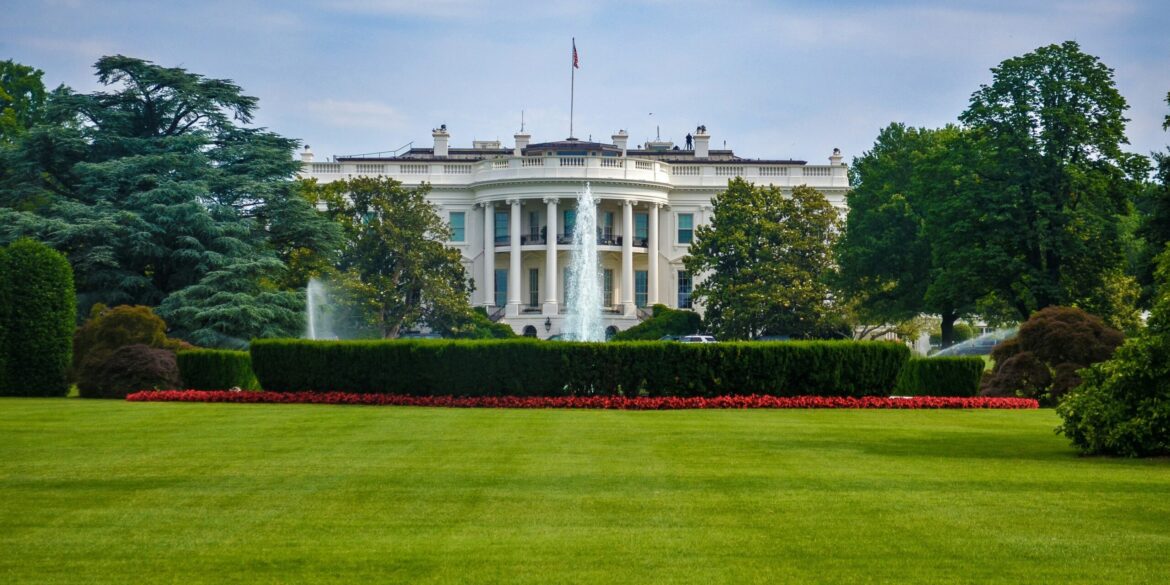On July 26, 2025, the White House announced a new national initiative aimed at improving health-care data sharing across public and private sectors. The initiative was unveiled during a high-level event led by Health and Human Services Secretary Robert F. Kennedy Jr. and Centers for Medicare & Medicaid Services Administrator Mehmet Oz, alongside other senior health and technology officials.
The main objective of the initiative is to enhance the interoperability of health systems. This means enabling hospitals, insurers, public health agencies, and patients to exchange data more easily and securely. By doing so, the administration hopes to provide real-time access to critical health information, streamline patient care, support public health monitoring, and facilitate research into health disparities and outcomes. A key component is also empowering patients to have greater control over their own health data, including the ability to grant or deny access.
Among the stakeholders at the event were top technology executives, public health officials, and federal agencies. Amy Gleason of the Department of Government Efficiency and senior CMS adviser Arda Kara played key roles in shaping the strategy. The Centers for Disease Control and Prevention, the National Institutes of Health, and the Office of the National Coordinator for Health Information Technology are also expected to play vital roles in the policy and technical infrastructure.
This initiative builds on earlier federal efforts such as the MyHealthEData initiative launched in 2018 and the CDC’s Public Health Data Strategy introduced for 2024–2026. These past programs laid a foundation for improving interoperability, transparency, and data quality in the healthcare system. The new framework further emphasizes real-time data flow from emergency rooms and clinics into public health systems, which can accelerate the detection of outbreaks and guide response strategies.
In addition to better public health responsiveness, the initiative promises several long-term benefits. Improved care coordination can reduce duplication and delays, as patient records become easier to transfer between providers. Researchers will gain access to richer, more representative datasets that can inform evidence-based policymaking and address long-standing disparities in healthcare. Patients, meanwhile, will benefit from easier access to their records and more informed medical decision-making.
The federal government is also counting on this data-sharing model to increase cost efficiencies across the system. By minimizing redundant data systems and manual administrative processes, both public and private entities could see reduced operational expenses. The administration views this not only as a healthcare modernization effort but also a necessary investment in national resilience and digital infrastructure.
However, the rollout is not without challenges. A major concern is public trust. Safeguarding privacy, ensuring secure data handling, and maintaining transparency in how data is used are all critical to gaining public support. Past reports and frameworks have stressed the importance of privacy-preserving technologies and robust regulatory protections.
Another hurdle is aligning incentives. Health providers and insurers may require financial or regulatory motivations to participate fully in the system. Achieving widespread adoption of technical standards, such as FHIR (Fast Healthcare Interoperability Resources), is also essential but can be complex given the diverse and fragmented nature of current systems. There is also the issue of governance—developing a consistent national oversight structure that ensures equitable and ethical use of health data is still a work in progress.
The timing of this initiative is notable. The COVID-19 pandemic exposed significant weaknesses in the U.S. public health infrastructure, particularly the inability to quickly gather and analyze critical data. In a world where artificial intelligence and data-driven insights increasingly shape healthcare innovation, the administration is positioning this initiative as a long-overdue modernization effort.
As the program unfolds, observers will be watching for the release of detailed implementation guidelines, potential legislation to support the effort, and measurable benchmarks such as participation rates, data exchange volume, and improvements in health outcomes. There is also growing interest in whether the system will eventually incorporate non-traditional data sources, such as information on social determinants of health, genomics, or data generated by wearable devices.
Overall, the White House’s initiative represents a major push to create a more integrated and intelligent health data infrastructure. If successfully implemented, it could become a pivotal step toward a more responsive, equitable, and efficient U.S. healthcare system.

